
Красные новогодние фоны / Vectors - Red Christmas Backgrounds Set 14
4 AI+TIFF | 106.88 Mb
|

Vectors - Various Isometric Buildings 12
3 AI+TIFF | 62.67 Mb
|
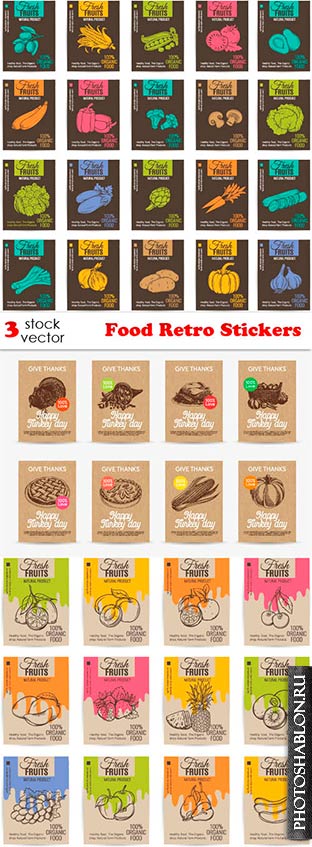
Vectors - Food Retro Stickers
3 AI+TIFF | 66.57 Mb
|
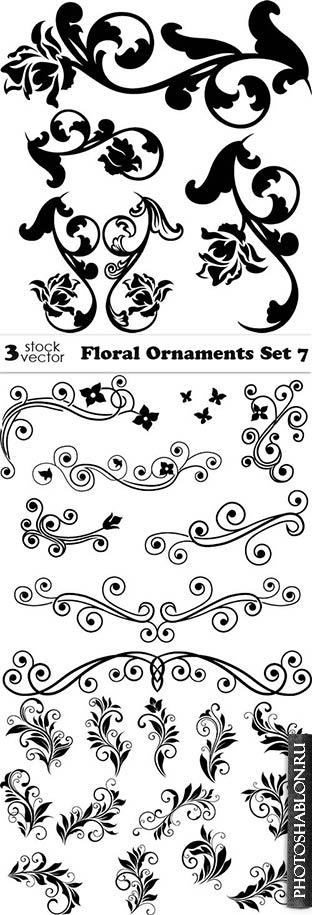
Vectors - Floral Ornaments Set 7
3 AI | +TIFF Preview | 52 MB
|

Vectors - Blue 2017 Year Backgrounds 10
4 AI | +TIFF Preview | 108 MB
|
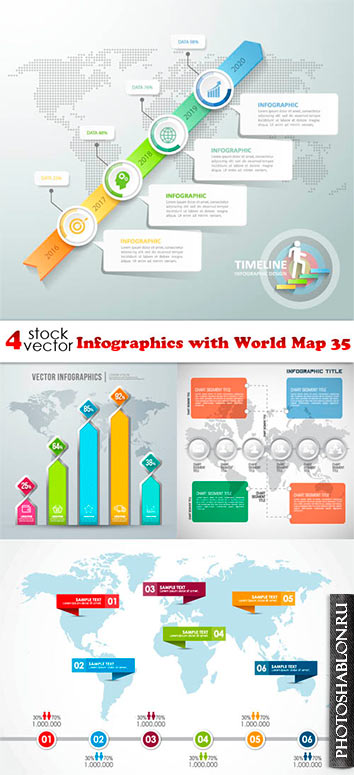
Vectors - Infographics with World Map 35
4 AI | +TIFF Preview | 76 MB
|
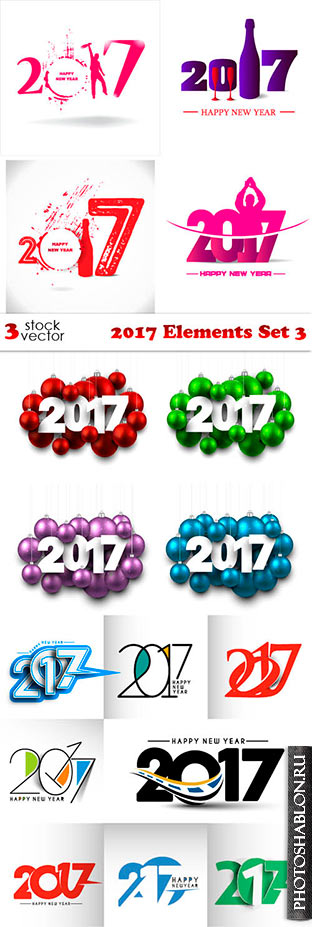
Vectors - 2017 Elements Set 3
3 AI | +TIFF Preview | 88 MB
|

Vectors - Ornamental Floral Dividers 27
3 AI | +TIFF Preview | 67 MB
|

Vectors - Grunge Sale Stamps Set 7
3 AI | +TIFF Preview | 66 MB
|
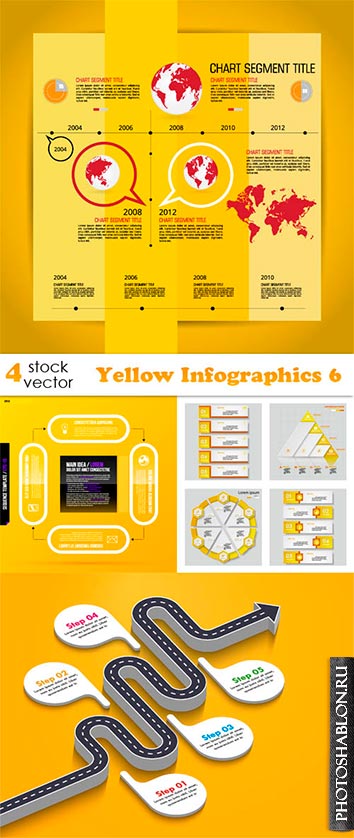
Vectors - Yellow Infographics 6
4 AI+TIFF | 82.37 Mb
|
|
Векторная графика, в отличие от растровой, строится не на основе сетки пикселей, а на математическом описании геометрических объектов - линий, кривых, многоугольников. Это позволяет векторным изображениям масштабироваться до бесконечности без потери качества, оставаясь четкими и гладкими даже при многократном увеличении. Каждый элемент в векторном изображении - это независимый объект, который можно редактировать отдельно, изменяя его цвет, форму, размер, положение, и т.д. Это делает векторную графику идеальным выбором для создания логотипов, иллюстраций, шрифтов, и других изображений, где важна четкость и масштабируемость.
Одним из ключевых преимуществ векторной графики является её компактность. Поскольку векторные изображения описываются математическими формулами, а не информацией о каждом пикселе, файлы обычно значительно меньше по размеру, чем их растровые аналоги. Это особенно важно для веб-графики и анимации, где размер файла напрямую влияет на скорость загрузки страницы и производительность. Кроме того, векторные файлы легче редактировать и обновлять, поскольку изменение одного объекта не требует повторной обработки всего изображения, как в случае с растровой графикой.












